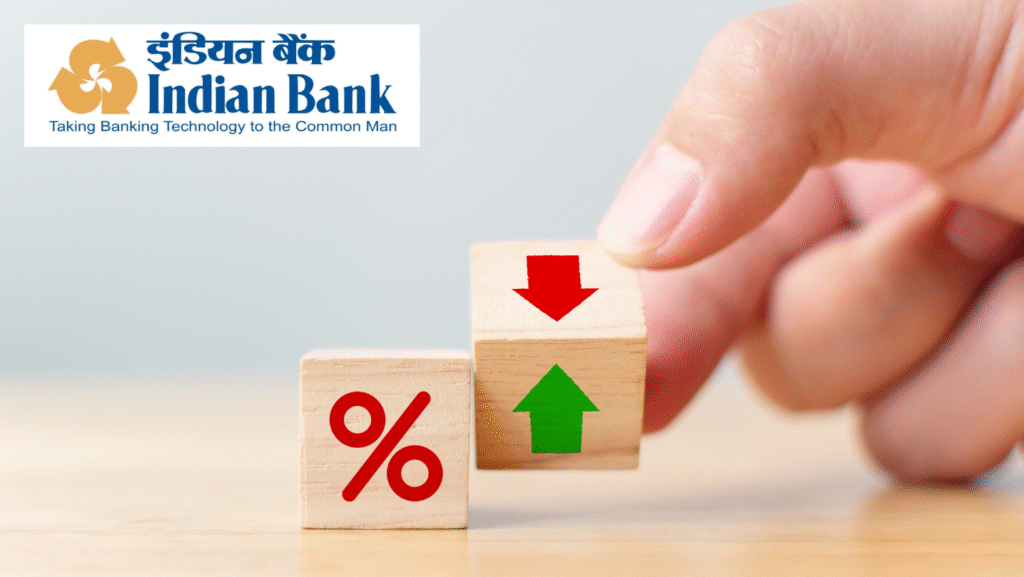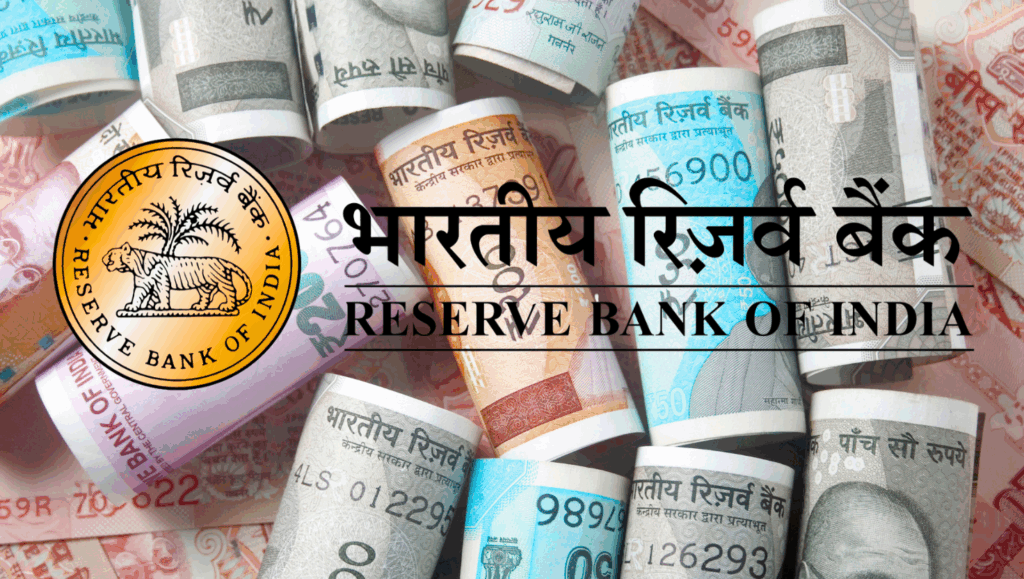
Trump’s shock 25% tariff on India, targeting $33 billion in exports, threatens textiles, pharma, and auto sectors. With India’s Russia ties under fire, an unspecified penalty adds suspense. Will India’s GDP take a hit, or can its resilient economy outsmart the trade storm?
In a world of shifting global alliances and economic brinkmanship, US President Donald Trump’s recent announcement of a 25% tariff on Indian goods, effective August 7, 2025, coupled with an unspecified penalty for India’s trade with Russia, has sent shockwaves through India’s economic corridors. The move, described by some as a negotiation tactic and others as a geopolitical jab, has sparked intense debate about its implications for India’s economy, export sectors, and US-India relations. Commerce Minister Piyush Goyal’s measured response in Parliament, emphasizing India’s commitment to its national interests, has only heightened curiosity about how this saga will unfold. Will these tariffs derail India’s growth trajectory, or is this just another storm that India’s resilient economy can weather? Let’s unpack the suspenseful narrative of Trump’s tariffs, their impact on India, and why the nation shouldn’t lose sleep over this economic curveball.
The Tariff Shock: What’s at Stake for India?
Trump’s decision to impose a 25% tariff on Indian exports to the US, alongside an unspecified penalty for India’s continued purchase of Russian oil and weapons, has raised eyebrows in New Delhi and beyond. With bilateral trade between India and the US reaching $131.8 billion in 2024-25, including $86.5 billion in exports, the stakes are high. The US is India’s largest export market, absorbing critical goods like pharmaceuticals, electronics, gems and jewellery, textiles, and auto parts. A tariff hike of this magnitude threatens to disrupt supply chains, dent price competitiveness, and force Indian exporters to rethink their strategies.
Economists estimate that the tariffs could shave 0.2% to 0.4% off India’s GDP in the 2025-26 financial year, with the additional penalty potentially exacerbating the impact. For instance, Nomura predicts a 0.2% GDP hit, while others, like Asia Decoded’s Priyanka Kishore, warn of up to 40 basis points shaved off economic growth. However, Indian officials remain optimistic, noting that over half of India’s exports, particularly pharmaceuticals and electronics, fall under US exemption categories and may remain unaffected. So, while the tariffs sting, they may not be the economic apocalypse some fear.
The real suspense lies in the unspecified penalty tied to India’s dealings with Russia. Trump’s frustration, voiced on Truth Social, stems from India’s purchase of Russian oil and military hardware at a time when the US seeks to isolate Russia over the Ukraine conflict. This penalty, yet to be detailed, could amplify the economic headwinds, but its ambiguity keeps Indian policymakers and exporters on edge, waiting for the fine print.
Sectors on the Frontline: Who Needs to Rework Export Strategies?
The 25% tariff will hit certain sectors harder than others, forcing a strategic overhaul to maintain competitiveness in the US market. Here’s a look at the key industries under pressure and how they might adapt:
- Textiles and Apparel: India’s textile sector, a major exporter to the US, faces a steep challenge. The tariff hike could make Indian goods less competitive compared to those from Vietnam (20% tariff) or Bangladesh (15-20% tariff). Exporters may need to renegotiate prices with US buyers, absorbing part of the tariff cost to maintain market share, or pivot to alternative markets like the EU, ASEAN, or the Middle East.
- Pharmaceuticals: While a significant portion of India’s pharmaceutical exports enjoys US exemptions, the sector isn’t entirely immune. Non-exempt drugs and generics could face higher costs, prompting companies to explore domestic value addition or diversify into markets like Africa and Latin America.
- Gems and Jewellery: Accounting for nearly $10 billion in US exports, this sector is region-specific and enjoys steady demand. However, the tariff could squeeze margins, forcing exporters to innovate with cost-cutting measures or focus on premium, high-value products less sensitive to price hikes.
- Automobiles and Auto Parts: The auto sector, already grappling with global competition, will face pricing pressures. With Trump imposing 25% tariffs on auto parts globally, Indian manufacturers may need to streamline supply chains or target emerging markets to offset losses.
- Footwear and Leather: These price-sensitive sectors risk losing their edge against competitors like Vietnam and China. Exporters are urging government support, such as subsidies or tax breaks, to cushion the blow.
To counter these challenges, Indian exporters are already pivoting. Many are eyeing the India-UK Free Trade Agreement, signed recently, which promises Rs 500 billion annually and a 0.06% GDP boost. Others are deepening ties with ASEAN and the Middle East, diversifying away from US reliance. This strategic shift underscores India’s economic agility, a key differentiator in a protectionist world.
Why Are India’s Dealings with Russia Under Scrutiny?
Trump’s tariff announcement wasn’t just about economics—it was a geopolitical statement. India’s continued trade with Russia, particularly in crude oil and military hardware, has drawn US ire. In 2024, India became one of Russia’s largest oil buyers, driven by discounted prices amid global sanctions. This energy trade, alongside India’s purchase of Russian weapons, clashes with the US’s push to isolate Russia over the Ukraine war. Trump’s Truth Social post on July 31, 2025, explicitly linked the tariff penalty to India’s Russian ties, accusing New Delhi of undermining global efforts to “stop the killing in Ukraine.”
India, however, remains unfazed. The Ministry of External Affairs has defended its energy imports as driven by market availability and energy security needs, while defence procurements are based on national security priorities. This stance reflects India’s multi-alignment strategy, balancing relations with both the US and Russia without bowing to external pressure. The scrutiny over Russia ties adds a layer of suspense to the tariff saga, as the unspecified penalty could escalate tensions or force India to make tough choices.
Will the 25% Tariff and Penalty Derail India’s GDP?
The economic impact of Trump’s tariffs is a mixed bag. While the 25% tariff could reduce India’s GDP by 0.2% to 0.4%, experts argue the blow will be softened by India’s domestic demand-driven growth model. Unlike export-heavy economies like Vietnam, India’s economic engine is fueled by internal consumption, which cushions it against external shocks. The $40 billion in exports potentially affected by the tariffs represents less than half of India’s total US exports, with critical sectors like pharmaceuticals largely exempt.
The wildcard is the unspecified penalty for India’s Russia ties. Economists like Aditi Nayar from Icra warn that the penalty’s size will determine the true GDP impact, with forecasts already downgraded from 6.5% to 6.2% for the current financial year. Indian stock markets reflected this uncertainty, opening in the red after Trump’s announcement, though experts like Sushil Mohta of Merlin Group argue the muted market response signals economic resilience.
India’s long-term growth story remains robust. The IMF projects India will surpass Japan to become the fourth-largest economy by the end of 2025-26 and overtake Germany to claim the third spot in the coming years. Commerce Minister Piyush Goyal highlighted this trajectory in his six-minute parliamentary address, countering Trump’s “dead economy” jibe by emphasizing India’s transformation from a “Fragile Five” member to the fastest-growing major economy.
Why Hasn’t a US-India Trade Deal Worked Out?
Despite high hopes and multiple rounds of negotiations since March 2025, a US-India trade deal remains elusive. The deadline for the first phase, initially set for October-November 2025, has been overshadowed by Trump’s tariff announcement. Several roadblocks have stalled progress:
- Agriculture and Dairy: The US seeks greater market access to India’s agriculture and dairy sectors, which support 58% of India’s rural workforce. India, citing food security and the livelihoods of small farmers, has firmly refused to lower barriers, especially for genetically modified (GM) crops and hormone-treated dairy.
- Trade Deficit: The US runs a $45.7 billion trade deficit with India, a sore point for Trump, who blames India’s high tariffs (averaging 39% on agricultural goods) for the imbalance. India’s concessions, like reduced tariffs on bourbon whiskey and motorcycles, haven’t been enough to bridge the gap.
- Digital Taxes: India’s potential reimposition of a digital tax on US tech giants like Google, Meta, and Amazon has emerged as a retaliatory option, complicating negotiations. The US views this as a non-tariff barrier, adding to mutual mistrust.
- Geopolitical Tensions: Trump’s frustration with India’s BRICS membership and Russian ties has cast a shadow over talks. His recent trade deal with Pakistan, including collaboration on oil reserves, has further strained US-India relations, especially after the Pahalgam terror attacks.
- Unpredictable Negotiation Environment: The US’s volatile policy shifts, coupled with the lack of a formal negotiation council, have made talks erratic. The Trade Policy Uncertainty Index for India-US trade rose 32% post-2022, compared to 18% for EU-US trade.
Despite these hurdles, both sides remain committed to a deal. Goyal’s optimism about a “consequential partnership” and the scheduled sixth round of talks in late August suggest negotiations are far from dead.
Piyush Goyal’s Defiant Stand: A Message of Resilience
In a six-minute parliamentary address on July 31, 2025, Commerce Minister Piyush Goyal delivered a resolute response to Trump’s tariffs and “dead economy” remark. He emphasized India’s economic ascent, noting its rise from the 11th-largest economy to a top-five global player in just over a decade. Goyal underscored the government’s commitment to protecting farmers, MSMEs, and exporters, declaring that India would not compromise on agriculture, dairy, or GM crops. He also highlighted India’s successful trade agreements with the UAE, UK, Australia, and EFTA, signaling a multi-alignment strategy to counter US pressure.
Goyal’s statement was both a rebuttal to Trump’s rhetoric and a rallying cry for India’s economic resilience. By framing India as a global “bright spot,” he sought to instill confidence in stakeholders, from exporters to policymakers, that the nation could navigate this tariff storm without sacrificing its long-term goals.
Why India Shouldn’t Lose Sleep Over Trump’s Tariffs
Despite the initial market jitters and exporter concerns, India has reasons to remain unfazed:
- Economic Resilience: India’s 6.2% to 6.7% GDP growth makes it the fastest-growing major economy. Domestic demand and diversification into non-US markets will mitigate the tariff’s impact.
- Strategic Diversification: Recent trade deals with the UK and others provide alternative export avenues, reducing reliance on the US. India’s multi-alignment strategy strengthens its negotiating leverage.
- Exemption Advantages: Over half of India’s exports, including pharmaceuticals and electronics, are exempt from the tariffs, limiting the economic fallout.
- Negotiation Leverage: Trump’s tariffs are seen as a pressure tactic to extract concessions. India’s firm stance on agriculture and dairy, coupled with its growing global clout, positions it to negotiate from strength.
- Long-Term Vision: India’s ambition to become the third-largest economy by 2030, driven by initiatives like Make in India and Atmanirbhar Bharat, remains intact. Short-term disruptions won’t derail this trajectory.
As Brahma Chellaney notes, ceding ground to US demands could undermine India’s food security and strategic autonomy. By staying firm, India protects its long-term interests, even if it means weathering short-term turbulence.
US-India Relations: A Fraying Bond?
Trump’s tariff invective, coupled with his warming ties to Pakistan, has strained the once-cordial US-India relationship. His personal rapport with Prime Minister Narendra Modi, evident during Modi’s February 2025 Washington visit, has been overshadowed by trade disputes and geopolitical posturing. Trump’s deal with Pakistan to develop oil reserves and his criticism of India’s BRICS membership signal a shift in US priorities, potentially complicating the strategic partnership both nations have built to counter China.
Yet, India’s response has been measured. The Ministry of External Affairs has avoided retaliation, focusing instead on ongoing trade talks. This restraint reflects India’s broader strategy of maintaining strategic autonomy while pursuing a mutually beneficial trade deal. The upcoming sixth round of negotiations in late August will be a litmus test for whether both sides can bridge their differences.
The Road Ahead
As the August 25 trade talks loom, India faces a delicate balancing act: safeguarding its farmers and MSMEs while securing a deal that preserves its US market access. The tariffs may disrupt sectors like textiles and automobiles, but India’s economic resilience, diversification efforts, and strategic clarity position it to weather the storm. The unspecified penalty over Russia ties adds an element of suspense, but India’s multi-alignment approach—bolstered by trade deals with the UK, UAE, and others—gives it leverage to negotiate from strength.
Trump’s tariffs are less about economics and more about geopolitical theater. By staying firm on its red lines—agriculture, dairy, and strategic autonomy—India can protect its long-term interests without succumbing to short-term pressure. As Piyush Goyal asserted, India’s journey toward Viksit Bharat 2047 remains unshaken, a testament to its economic agility and global ambition.
So, should India lose sleep over Trump’s tariffs? Not quite. The nation’s robust economy, strategic diversification, and unwavering focus on national interests ensure it can navigate this challenge with confidence. The real question is: what will Trump’s next move be, and how will India’s deft diplomacy shape the future of this high-stakes trade drama? Stay tuned.
































